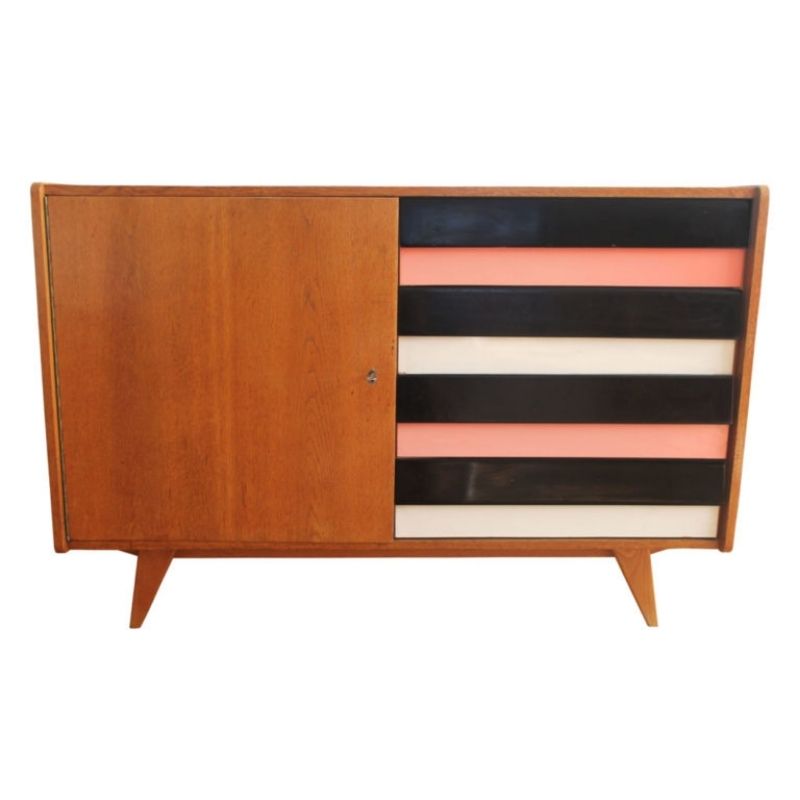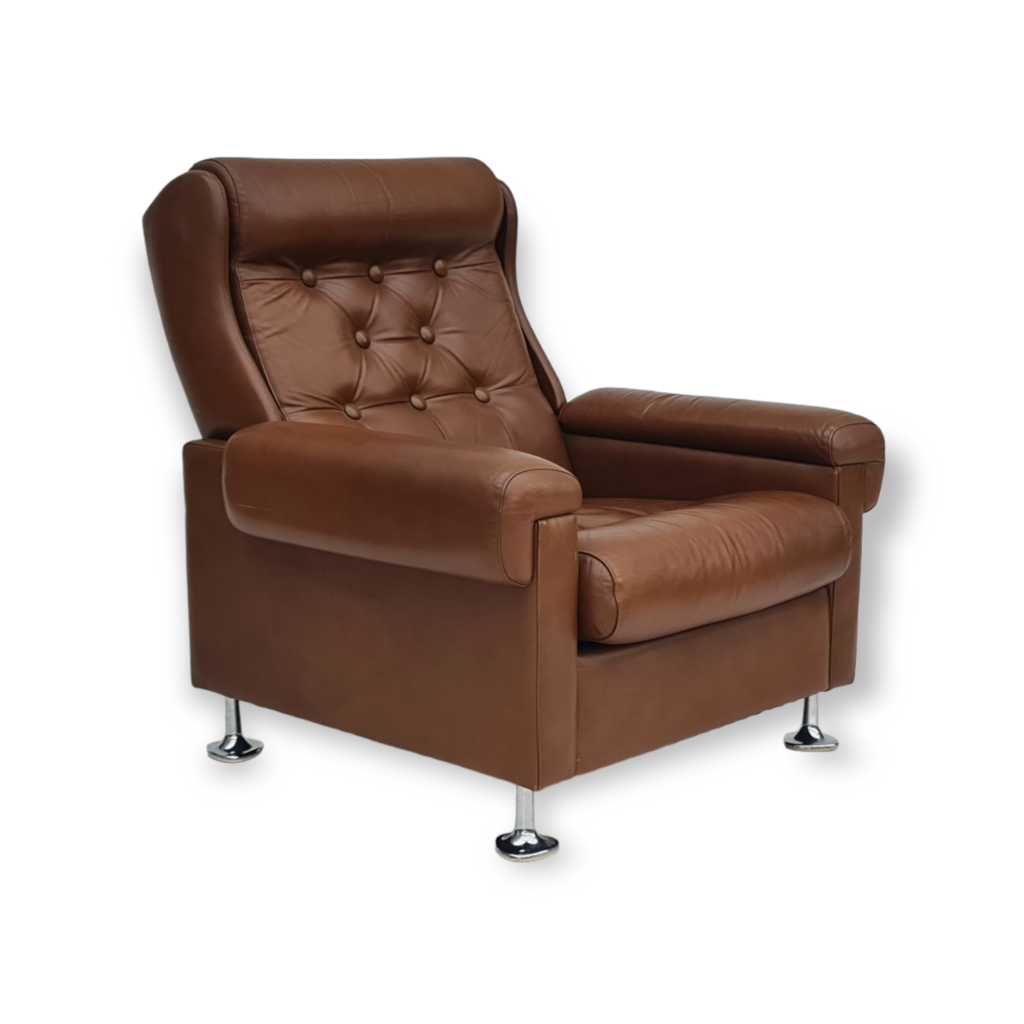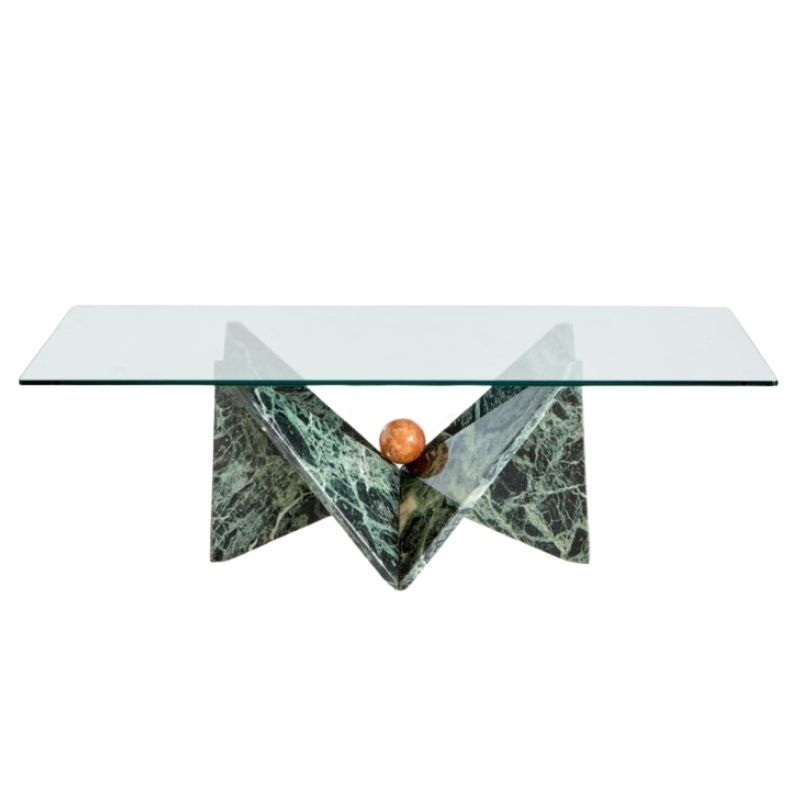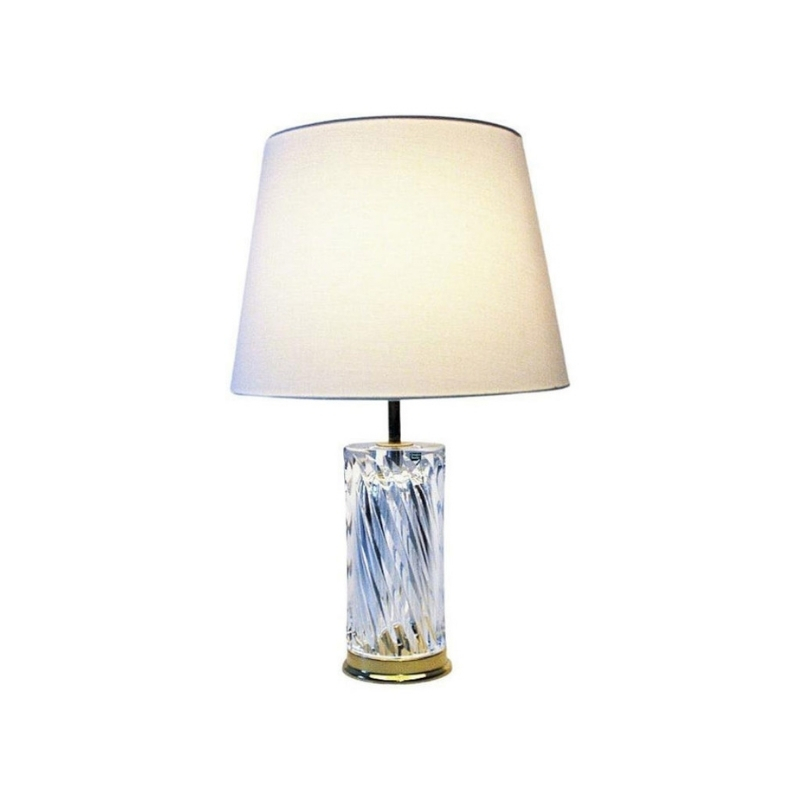I would like to know if anyone has any insight into whether this Petersens desk design was reproduced later by other manufacturers. I've seen in my online search that there are desks of this design with butt and also miter joint corners listed as original Petersens pieces. Most of the examples I looked at are on reputable auction and retailer sites with prices that one would expect to see on an original. Could both the butt and miter jointed desks be original?
The butted joint desk in the attached pics is teak, and is the compact version. Measures 45 1/4" wide, 21 7/16" deep, and 28" inches high. Perhaps of significance is that the main part of the desk is veneer over particle board. I've read here in other posts that quality particle board was used in the 1950s, and does not automatically discount a piece. The legs are solid wood and the pieces that make up each leg are joined with a spline joint. I'm told by the seasoned collector who seems to be a straight shooter that the construction is solid and quality. There are no tags, and just what appears to be the remnants of a label on the underside.
Any thoughts? I have a few other pics if needed. So many thanks! <img class="wpforo-default-image-attachment wpfo
<img class="wpforo-default-image-attachment wpfo
I am not overly familiar with this desk. Does it differ from this marked one?:
http://www.lauritz.com/en/auction/freikragender-schreibtisch-von-selectf...
I think there are a bunch of differences that are more significant than the core material.
the knobs are different, thicker on yours, thin-edged on the real one
the drawer bottoms on yours are white melamine, wood on the original
the drawer runners are applied strips of wood on yours, cut out channels on the real one
drawer fronts are dovetailed on the real thing and separate boards fixed to cheaper wood on yours
the bottom on yours is not teak as on real one
the overall width is just 10" shorter but it still has 3 drawers--I think a "compact version" would have two drawers--?
And then there's the glaring butt joint issue. I'd guess that it was a Thailand- or Singapore-made copy. I have seen chairs made in one of those countries that are very close copies of Danish designs but with slight differences that wouldn't jump out at you unless you are really familiar with the real thing.

Oh yes Leif Ericson, it's the same design, but different construction. The desk in the link you provided has the mitered joints, while the one I was considering as an acquisition has the butted joints. I have also seen examples with butted joints measuring 55" long, and made in both rosewood and teak. Thank you for the link. It's good to see the example you found with the label intact.
Thank you Spanky for pointing out some glaring issues that I embarrassingly overlooked. I'm pretty sure that the compact version also had 3 drawers, but your observations about the drawer runners, bottoms, and fronts helped me to see that this is a copy. The bottom of the desk being of a different wood is also a pretty obvious sign. I would bet that the same kind of differences are also seen on some other copies of designer pieces, and not just the Petersens desk. Glad I decided to look into this before committing to a sale, and I learned a few things that this novice will be on the lookout for when looking at pieces that don't have a maker's mark.
Many thanks to both of you! -Rich
If you need any help, please contact us at – info@designaddict.com









